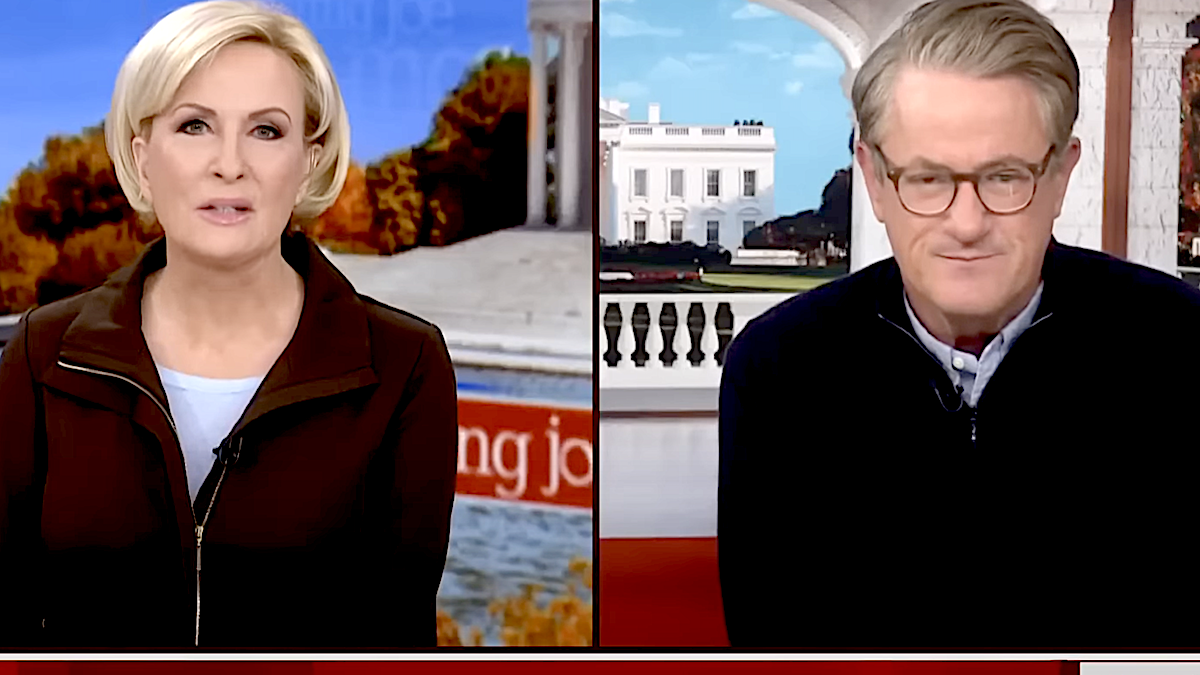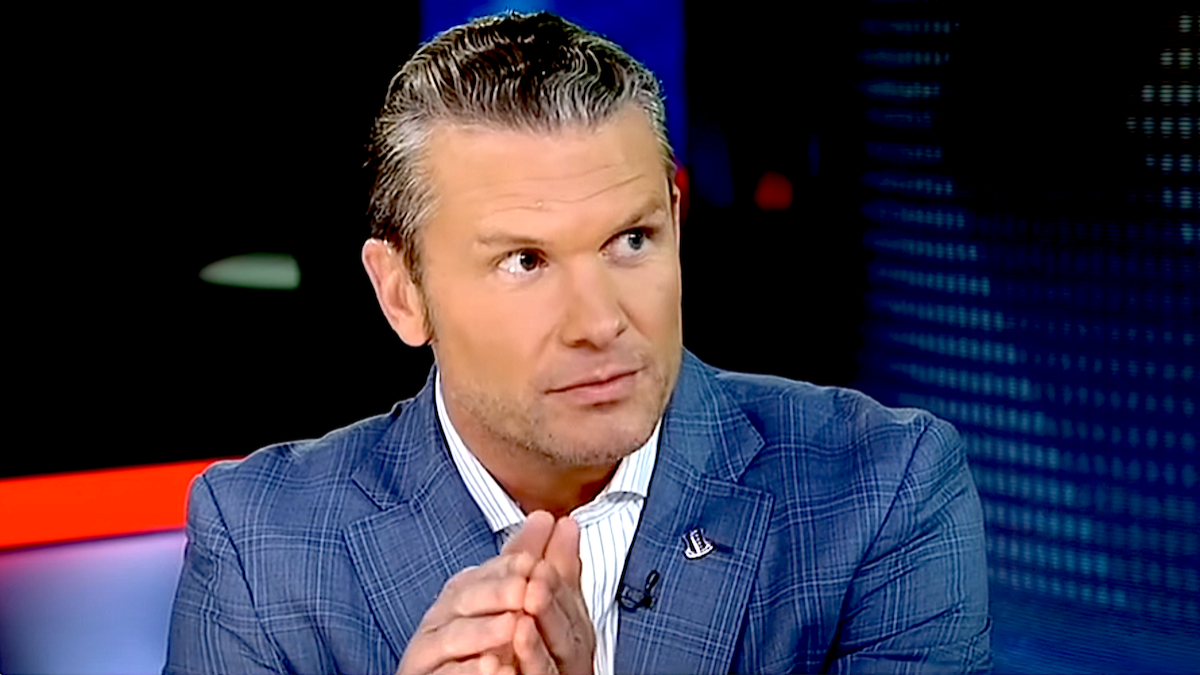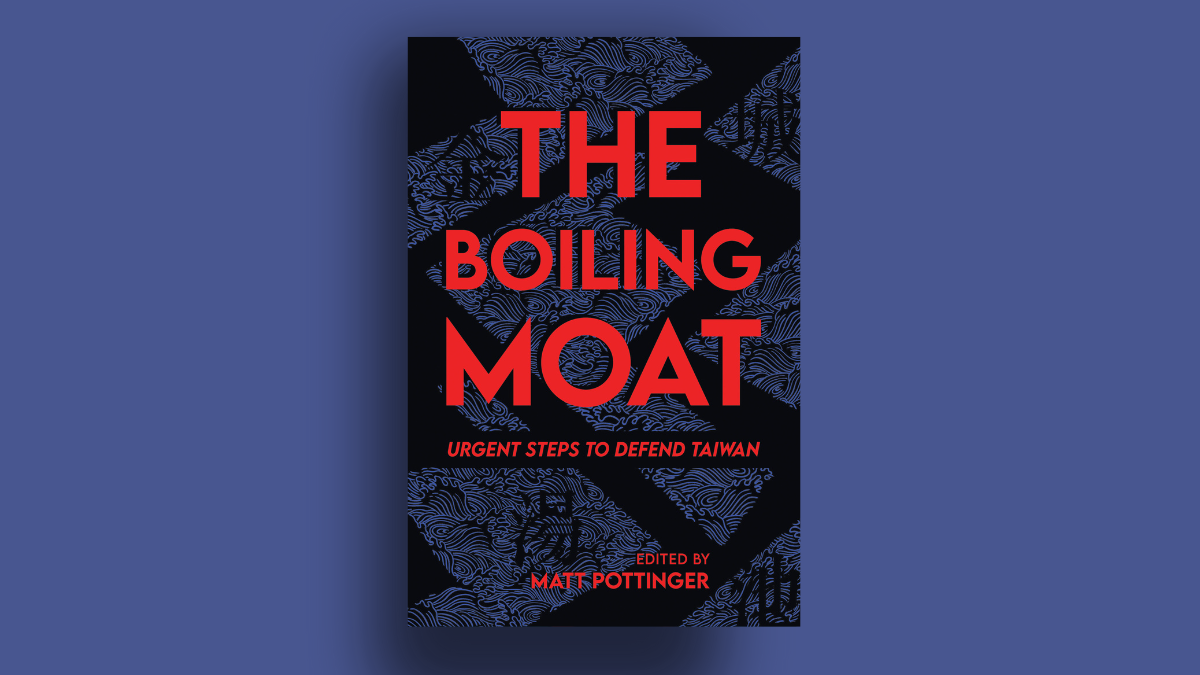
Recent days have produced hundreds of misleading headlines from major media publications regarding the Covington confrontation in Washington D.C. between teen members of a Catholic school and a Native American elder.
“Kentucky Catholic school to investigate taunting of Native Americans,” wrote NBC. Mashable’s headline read, “Teens in MAGA hats spark outrage at Indigenous Peoples March.” Courier Journal headlined their early coverage of the event, “Covington Catholic students, Native Americans standoff blows up Twitter.”
These and similar headlines, along with much of the actual “news” content, warrant pushback on behalf of the Covington students. They have fueled the self-righteous indignation of hundreds of thousands, many of whom have harassed, ridiculed, and smeared the character of minors who had no intention of launching themselves into the public spotlight.
Much Deeper Problems Exist Under the Absurd Headlines
But the deeper problem with media coverage, as the recent not-so-bombshell Cohen “report” from BuzzFeed illustrates, is not that the media are biased. We’ve known that for decades. It’s not even that a substantial number of them suffer from “Trump Derangement Syndrome.” The problem is that social media, mostly Twitter, has gifted traditional outlets with an explicit pre-formed narrative they merely need to report on, instead of producing facts and context (albeit with a slant) with which readers can draw their own conclusions.
Twitter was the greatest gift the mainstream media ever received. It’s better than their previous monopoly on cable television; it’s better than a world where readers had to wait ’til the next morning to get the news packaged and polished for them by a limited number of papers.
The instantaneous spread of commentary from people who care about how a story can serve their worldview even more than ideological journalists––facts are nearly irrelevant––means mainstream outlets don’t have to do much in the way of old-fashioned fact-finding journalism anymore.
By the time the contextualizing facts surface, people have already made up their minds about the story. All traditional outlets need to do is report on people’s “reactions” to a “viral” tweet or video, and the clicks come rolling in. It takes minimal effort, yet they have maximum ability to cherry-pick reactions to further craft the perception that “the public” is “outraged” about this or that event.
When a story breaks, whether it’s the initial report from a traditional news outlet or a video clip posted on Twitter, the ideological commentary and the handful of details (confirmed or not) spread in tandem. They’re rarely found unlinked, because on Twitter, there’s no need for subtlety or a pretense of objective journalism.
No Need For Subtlety
Take a look at this thread started at 7:03 a.m. on Saturday morning. The user describes the students from Covington Catholic as “harassing” a Native American protester and calls it an example of “oppression and intimidation.”
This picture is included, which lays out the narrative that would go viral over the next few days: that the school kids were mocking and cajoling the Native American drummer, later identified as activist Nathan Phillips. That screenshot of Nick Sandmann in the MAGA hat became the rallying cry for the anti-Trump, social justice warrior crowd. It was all the evidence hundreds of thousands of observers needed to further a narrative that more complete video footage would soon prove to be false.
This is Twitter, where you can articulate your worldview explicitly and even promote it with outright lies, because what’s the worst that can happen? You get ratioed and flooded with notifications for a week? Some people are going to cling to those lies, share them, and tune out the debunkings. For many Twitter warriors, pushing a convenient narrative just a little bit further is worth the ratio.
People in general are impatient, but the responses from people on either end of the political spectrum to fresh stories that appear to serve their agenda are practically Pavlovian. They’re the ones who often seize on these stories early and share it with more urgency and enthusiasm than an end-times cultist.
The more the story is shared and commented on, the more people along the rest of the spectrum feel the impulse to also heap condemnation on the subjects of an event they know barely anything about. Their reputations are at stake! The future of their party is at stake! They can’t be seen as ignoring a clear injustice, can they?
Report the Rumors and Let Twitter Take Care Of The Rest
All the mainstream media has to do is “report” the rumors and let Twitter take care of the message and its dissemination. By the time inconvenient facts surface, the narrative might as well have been written in stone.
So the mainstream media is off the hook. When context emerges, they can waffle and obscure and deflect as much as they like and people already convinced of the original story will support it with some version of, “See, we’re still right, just in a slightly different way,” or worse, “the facts don’t matter as much as being morally right.”
That’s how myths implant themselves in our psyches. “Hands up, don’t shoot” was a rallying cry for Black Lives Matter and their ilk for years after Michael Brown was shot, despite the fact no one can testify to him saying such a thing. Even Rolling Stone’s story based on a fraudulent claim of fraternity gang rape furthered the “rape culture” narrative and a broader discussion on sexual assault. In the end, it didn’t matter if it was true. It could have been true, in some alternate reality. That’s good enough for the media and millions of content creators on social platforms.
It’s a perfect system for disseminating propaganda. The message spreads itself; journalists just lend a thin veneer of authority to what people already want to believe.
Whether this symbiotic relationship collapses atop eroding credibility remains to be seen. In the age of social media influencers, a track record of accuracy hardly matters anymore, and neither does expertise. People believe and further the message of whoever makes them feel righteous, enabling the mainstream media to serve as a rumor mill instead of a guardian of truth and accountability.
Anyone who opines on a dubious breaking story without waiting for confirmation and context (or finding them on their own) is supporting this perverted relationship. It’s very difficult to resist the collective pressure to take a side because silence often feels like enabling ideas we don’t like.
Nevertheless, we must stop feeding the abominable rumor mill, which chews up average citizens and spits them out like sawdust to fertilize ideological territory. The most tempting time to comment is precisely when we have to take our fingers off the keyboard.









